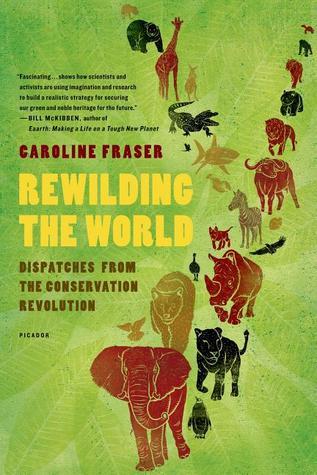What do you think?
Rate this book


416 pages, Paperback
First published January 1, 2009
Guns, fences, and what has been called fortress conservation: the community-based movement was dreamed up to put the dark history of parks to rest, placating leftist critics for whom conservation was forever tainted by racially motivated evictions and human rights abuses.61 At the other end of the spectrum, community projects alienated biologists, whose argument—that conservation and development were aims fundamentally at odds with each other—had merit. Early attempts to wed them had failed. Yet some projects confounded the stereotypes, proving that under the right conditions, guns, fences, and economic development could secure a peaceable kingdom for people and wildlife.